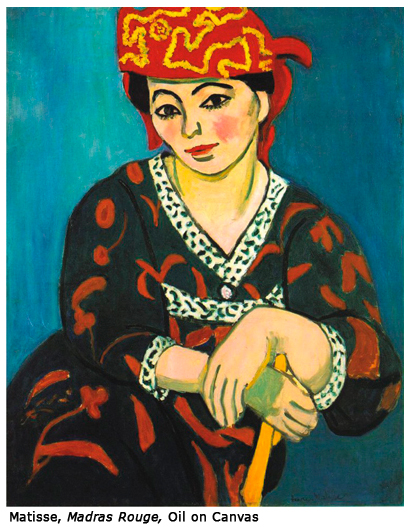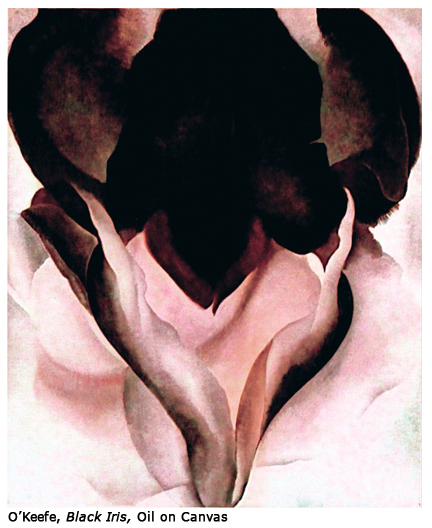- Publisher's Note
- Editorial
- In Conversation with Kanishka Raja
- Definitional Lack in an Inclusive World: Cutting Edge as Responsible Art
- Democratization Through Cutting Edge Art
- Mumbai for Cutting Edge
- Moments in Time (And a Little While After)
- In Transition
- Tip of Our Times
- Srishti School of Art, Design and Technology – A Cradle for Creative Excellence
- Cutting the Edges of Architecture
- Overview Cutting Edge
- The Matter Within: New Contemporary Art of India Featuring Photography, Sculpture and Video
- Generation in Transition: New Art from India
- Indian Master Painters at India Art Festival
- Life, Luxury & the Avant-Garde
- Mother India: The Goddess in Indian Painting
- The Last Harvest: Paintings of Rabindranath Tagore
- Asia Society Museum Presents Exhibition of Rabindranath Tagore's Paintings and Drawings
- Stieglitz and his Artists: Matisse to O'Keeffee
- Beauty of Unguarded Moments
- Across Times, Across Borders: A Report on the Chinese Art Exhibition
- A Summer in Paris
- Random Strokes
- The Emperor’s New Clothes and What It Really Means
- Understanding Versus Adulation
- What Happened and What’s Forthcoming
- Occupy Wall Street, The New Economic Depression And Populist Art
- Unconventional with Witty Undertones
- Narratives of Common Life and Allegorical Tales In Traditional and Modern Forms the Best of Kalighat 'Pats'
- Colours of the Desert
- Unbound
- I Am Here, An Exhibition of Video Self Portraits at Jaaga
- Staging Selves: Power, Performativity & Portraiture
- Venice Biennale Outreach Programme A Circle of Making I and II
- Cartography of Narratives, Contemplations on Time
- Joseph Kosuth: The Mind's Image of Itself #3' A Play of Architecture and the Mind
- Maharaja: Reminiscing the Glorious Past
- Art from Thirteen Asian Nations
- Tibetan Arms and Armor at Metrpolitan Museum of Art
- The Art of Poster Advertisement
- Unusual Angles and Facets of Museum Buildings
- Elegant Fantasies
- Art Collection and Initiatives
- Art Events Kolkata
- Mumbai Art Sighting
- Art Bengaluru
- Musings from Chennai
- Preview
- In the News
ART news & views
Stieglitz and his Artists: Matisse to O'Keeffee
Volume: 4 Issue No: 22 Month: 11 Year: 2011
Report
New York. For more than 60 years, the Alfred Stieglitz Collection has been the cornerstone of The Metropolitan Museum of Art's holdings of modern art from the first half of the 20th century. It offered a preview of the show on October 11th. The show Stieglitz and His Artists: Matisse to O'Keeffe started from October 13, 2011 and continues till January 2, 2012. It is the first large-scale exhibition of paintings, sculptures, drawings, and prints from Stieglitz's personal collection, acquired by the Metropolitan in 1949. The exhibition features some 200 works by major European and American modernists, including Georgia O'Keeffe, Pablo Picasso, Henri Matisse, Constantin Brancusi, Vasily Kandinsky, Francis Picabia, Gino Severini, Marsden Hartley, John Marin, Charles Demuth, and Arthur Dove.
 This was the first time since their acquisition in 1949 that the Museum's vast holdings from the Stieglitz Collection including many works on paper that are rarely on viewis being exhibited together. Among the other artists featured in the exhibition are: Gordon Craig, Henri Edmund Cross, Arthur B. Davies, Gaston Lachaise, Stanton Macdonald-Wright, Diego Rivera, Paul Signac, Félicien Rops, and Abraham Walkowitz.
This was the first time since their acquisition in 1949 that the Museum's vast holdings from the Stieglitz Collection including many works on paper that are rarely on viewis being exhibited together. Among the other artists featured in the exhibition are: Gordon Craig, Henri Edmund Cross, Arthur B. Davies, Gaston Lachaise, Stanton Macdonald-Wright, Diego Rivera, Paul Signac, Félicien Rops, and Abraham Walkowitz.
At his Little Galleries of the Photo-Secession (1905-17), known as '291,' Stieglitz boldly showed the work of avant-garde European artists such as Auguste Rodin, Picasso, Matisse, Picabia, Brancusi, and Severini.
The first rooms of the exhibition focuses primarily on works by European artists. Among the highlights were: Picasso's Woman Ironing (1901) and Standing Female Nude (1910), Kandinsky's Improvisation 27 (Garden of Love II) (1912), and Brancusi's Sleeping Muse (1910), as well as a suite of prints by Henri de Toulouse-Lautrec (1890s). The first half of the exhibition also includes a room of drawings by the Mexican caricaturist Marius de Zayas, who was a pivotal advisor to Stieglitz and played a major role in organizing some of the most avant-garde exhibitions at 291 in the 1910s.
In Stieglitz's subsequent undertakings, first in borrowed space at the Anderson Galleries (1921-25) and later at his own galleriesthe Intimate Gallery (1925-29) and An American Place (1929-46) he refocused his energy on showing and supporting contemporary American art, which was not well represented in prestigious public and private collections at the time. The latter portion of the exhibition Stieglitz and His Artists features works by American painters whose careers were nurtured by him ,from the 1920s to 1946 ,they are, Arthur Dove, John Marin, and Georgia O'Keeffe. Individual rooms are devoted to the works of Charles Demuth and Marsden Hartley, including Demuth's I Saw the Figure 5 in Gold (1928), and Hartley's Portrait of a German Officer (1914). The exhibition culminated in a gallery of some 14 works by O'Keeffe, such as her iconic paintings Black Iris (1926) and Cow's Skull: Red, White, and Blue (1931).
 In addition to the paintings, sculptures, drawings, and prints displayed, the exhibition included a number of photographs by the Photo-Secessionists, as well as publications by the Stieglitz Circle, from his personal collection.
In addition to the paintings, sculptures, drawings, and prints displayed, the exhibition included a number of photographs by the Photo-Secessionists, as well as publications by the Stieglitz Circle, from his personal collection.
The exhibition was complemented by the presentation of Photographic Treasures from the Collection of Alfred Stieglitz in the Museum's Howard Gilman Gallery from October 13, 2011, through February 26, 2012. The installation featured 45 masterpieces from Stieglitz's collection of photography, including rarely viewed works from the turn of the 20th century by Anne Brigman, Alvin Langdon Coburn, F. Holland Day, Gertrude Käsebier, Joseph Keiley, Heinrich Kühn, Edward Steichen, Clarence White, and others.